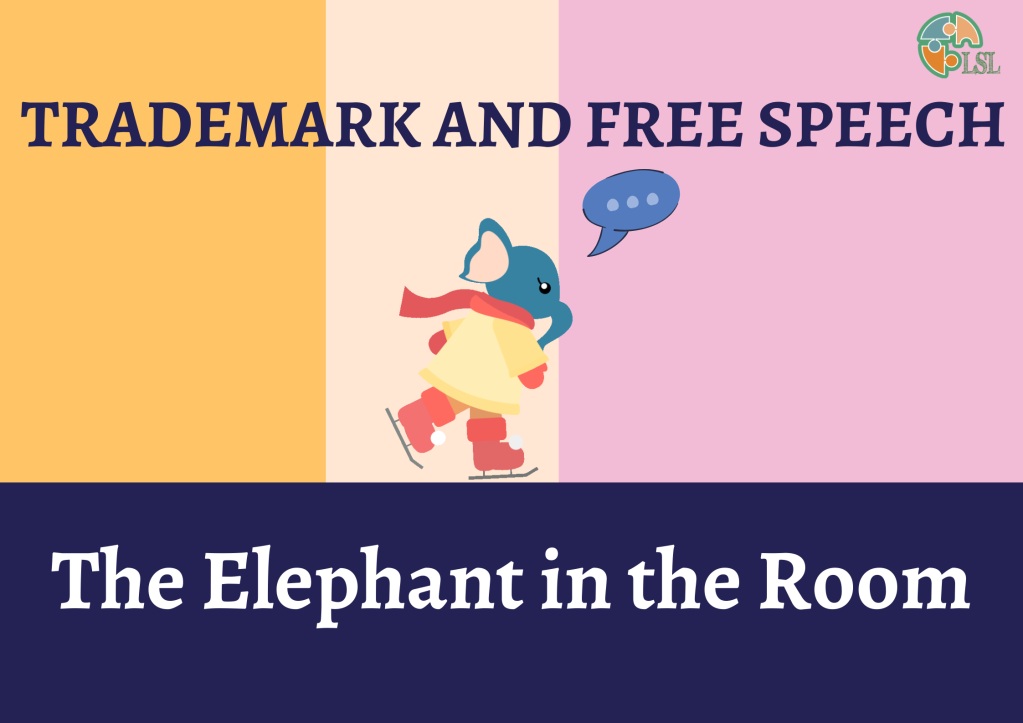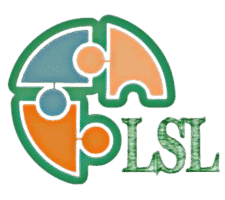
*By Vatsalya Vishal
At the outset, any confluence of these two subjects of law seems unlikely. There are finer genres of intellectual property law (read copyright) that take the limelight whenever the relationship between free speech and artistic freedom with intellectual property rights is concerned. However, in a turn of events, noted designer Erik Brunetti took the US Patent and Trademark Office (“USPTO”) to the Supreme Court, challenging the denial of their mark ‘FUCT’ by the USPTO on the grounds of immorality. This has brought trademarks into the discussion of limits on free speech and expression.
Since its inception in 1990, the brand has become synonymous with the counterculture movement in the US. The brand employs unconventional imagery and graphics on their fashion wear which at times have celebrated despotism, ripping off logos of other brands due to which it has been embroiled with several court cases and criticism in the past. Suggestive to the nature of their product, the company, since its inception had been trying to register their mark ‘FUCT’ with the USPTO. However, the USPTO has been denying the mark on the ground of being an immoral and scandalous matter under Section 2(a) of the Lanham Act, 1946. It was challenged in the Court of Appeals for the Federal Circuit (“CAFC”), where the court relying on the judgement of Matal v. Tam ruled against the refusal stating that the refusal to the mark violates the constitutional guarantee of free speech. The decision of CAFC was challenged by the government, and the case is currently being heard at the US Supreme Court.
This case raises several questions about IP and morality as well as Free Speech and the role Trademark laws plays in ensuring it. Specifically, in the Indian context, the Trademark Act, 1999 under a section similar to its American counterpart puts the scandalous or obscene matter as an absolute ground of refusal for any mark in India. Though there hasn’t been any case law regarding the same, the manual of trademarks suggests “…to make this assessment, the Examiner must be objective, not subjective. Objectivity means being neither out of date nor a trendsetter; not setting some kind of moral standard but also not being insensitive to public opinion”. This arguably in itself puts a reasonably subjective standard to test the obscenity and scandalous matter for the marks as the rules never define the ‘accepted standards of morality’. Hence, this shifts the focus to the judicial pronouncements to find out what does scandalous and obscene matter mean for the right of free speech and expression. While standards of obscenity have been put to the test by the Apex Court in the case of Ranjit D. Udeshi v. the State of Maharashtra, restrictions on the ground of the subject matter being ‘scandalous’ have yet to be discussed by the judiciary. In that vein, it is pertinent to discuss the Ranjit D. Udeshi case to understand why obscenity should not be a ground to bar free speech and expression or, at the very least, be given a broad interpretation while exercising article 19 (2) of the Constitution.
The judgement of Ranjit D. Udeshi discussed the validity of section 292 of the Indian Penal Code, 1860, which deals with the sale of obscene books etc. Hidyatullah, J. upheld the validity of the section because “Under the constitution, it can hardly be claimed that obscenity which is offensive to modesty or decency is within the constitutional protection given to free speech or expression because the article dealing with the right itself excludes it. That cherished right on which our democracy rests is meant for the expression of free opinions to change political or social conditions or for the advancement of human knowledge. This freedom is subject to reasonable restrictions which may be thought necessary in the interest of the general public and one such is the interest of public decency and morality. Section 292, Indian Penal Code, manifestly embodies such a restriction because the law against obscenity, of course, correctly understood and applied, seeks no more than to promote public decency and morality.” It can be inferred from the last few lines, Hidyatullah J. seeks to uphold the constitutionality of the s. 292 to promote public morality and decency. However, numerous practical examples insist on the mercurial nature of public morality as well as decency. Given the vast cultural and regional differences in the country itself, consensus on one such scale of morality for the nation is laughably impossible. Further, it should be noted that the rights granted under part III of the constitution follow the underlying philosophy of political liberalism. As propounded by Rawls and Dworkin, the philosophy of liberalism is focussed towards neutrality, i.e. it is not for the government to adjudicate upon the desirability of competing world-views and forms of life – that is a matter for individual judgment. Naturally, then, having a mechanism to control a particular world-view proves to be directed against the constitution itself.
The other thing to note from the judgement is that Hidyatullah J. while subjecting s. 292 of the IPC to art. 19 (2) of the constitution ensures that even obscenity shall be covered as a protected speech u/a 19 (1) (a) and given the liberal framework in which art. 19 (1) is perceived, even obscenity or its corollaries like scandalous and immoral matter should be given a broad interpretation while deciding upon it. Since sec. 9 (2) of the Trade Marks Act deals with scandalous and obscene matters, a similar treatment should be given to s. 9 (2) of the trademark act as well.
Given the facts and arguments presented above, it is about time to reconsider the rules of morality under the IP laws, for they do more bad than good to society. A government ban on an allegedly obscene publication or a scandalous trademark is not only censorship of that individual creation, but in our society, comes to symbolise an authoritative condemnation of the entire style or way of life that such work forms is a part of, is an example of, or portrays. And that is a judgment that a liberal Constitution and a liberal polity is not permitted to publicly undertake.
